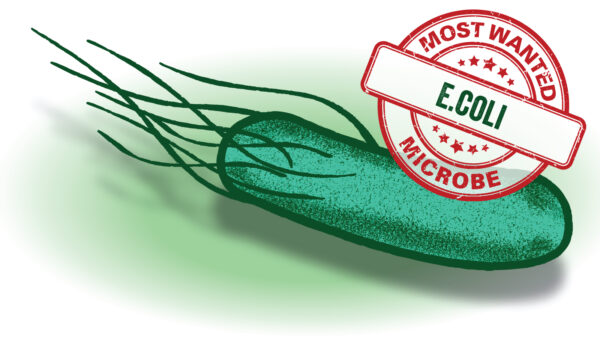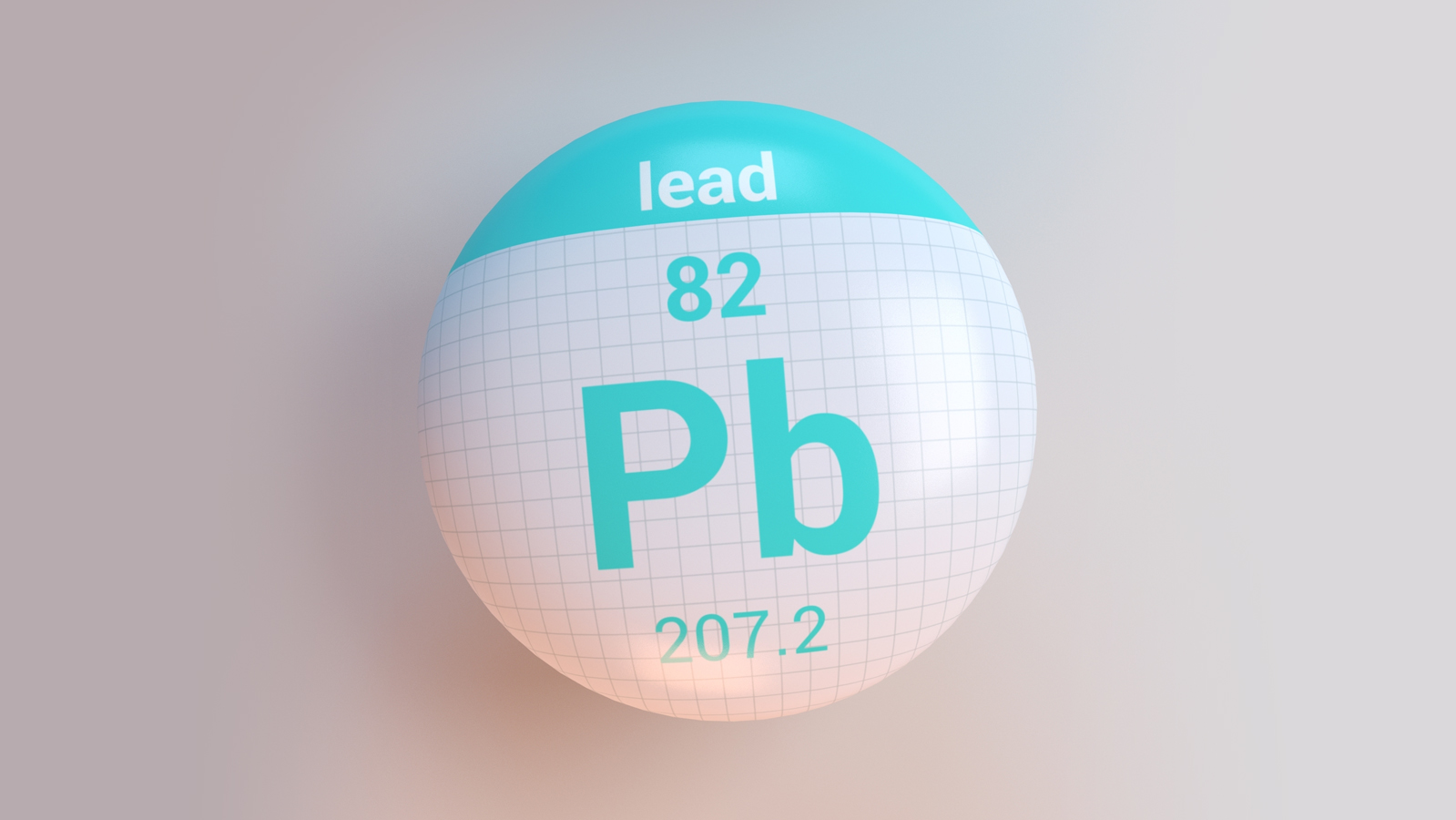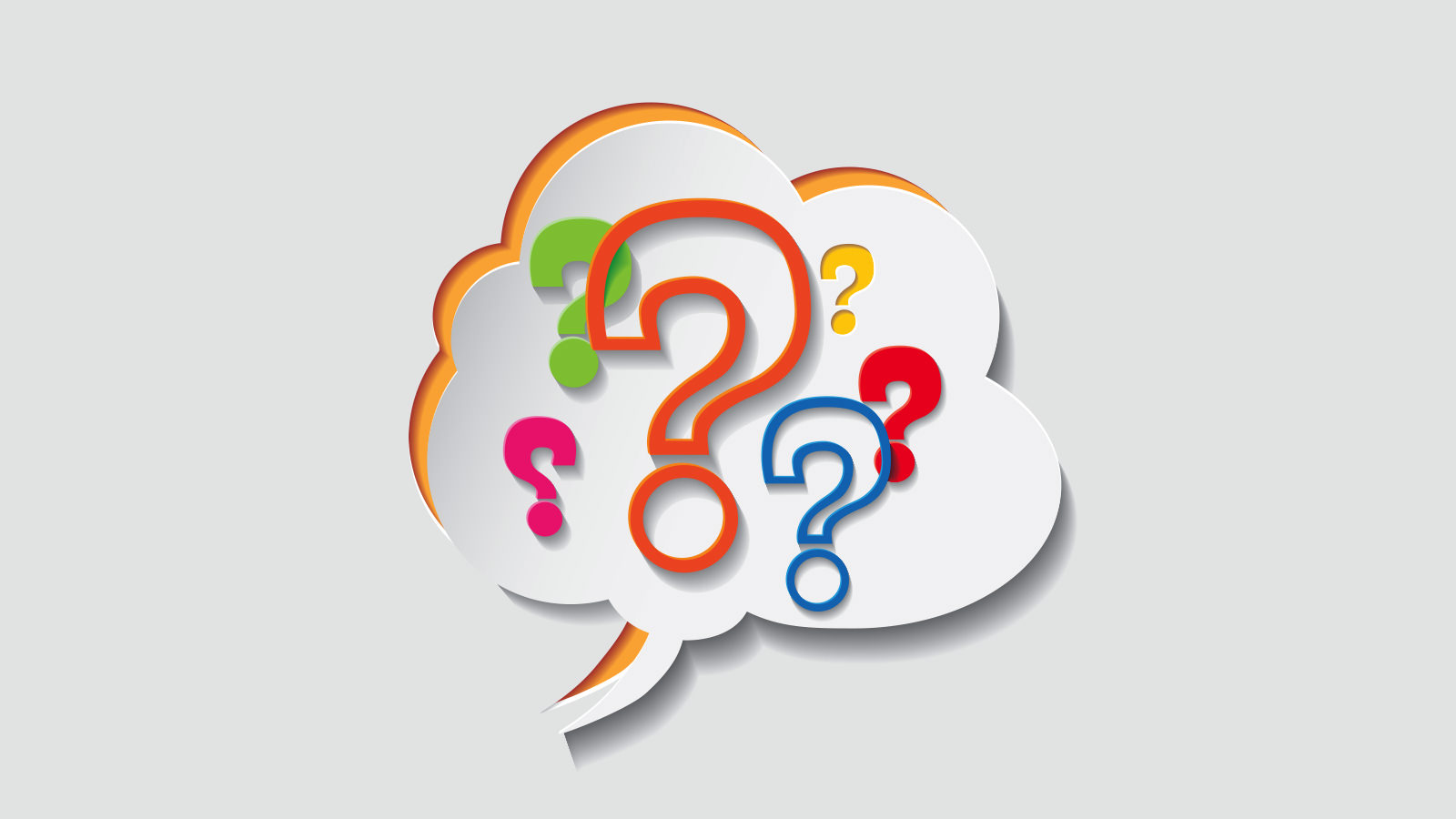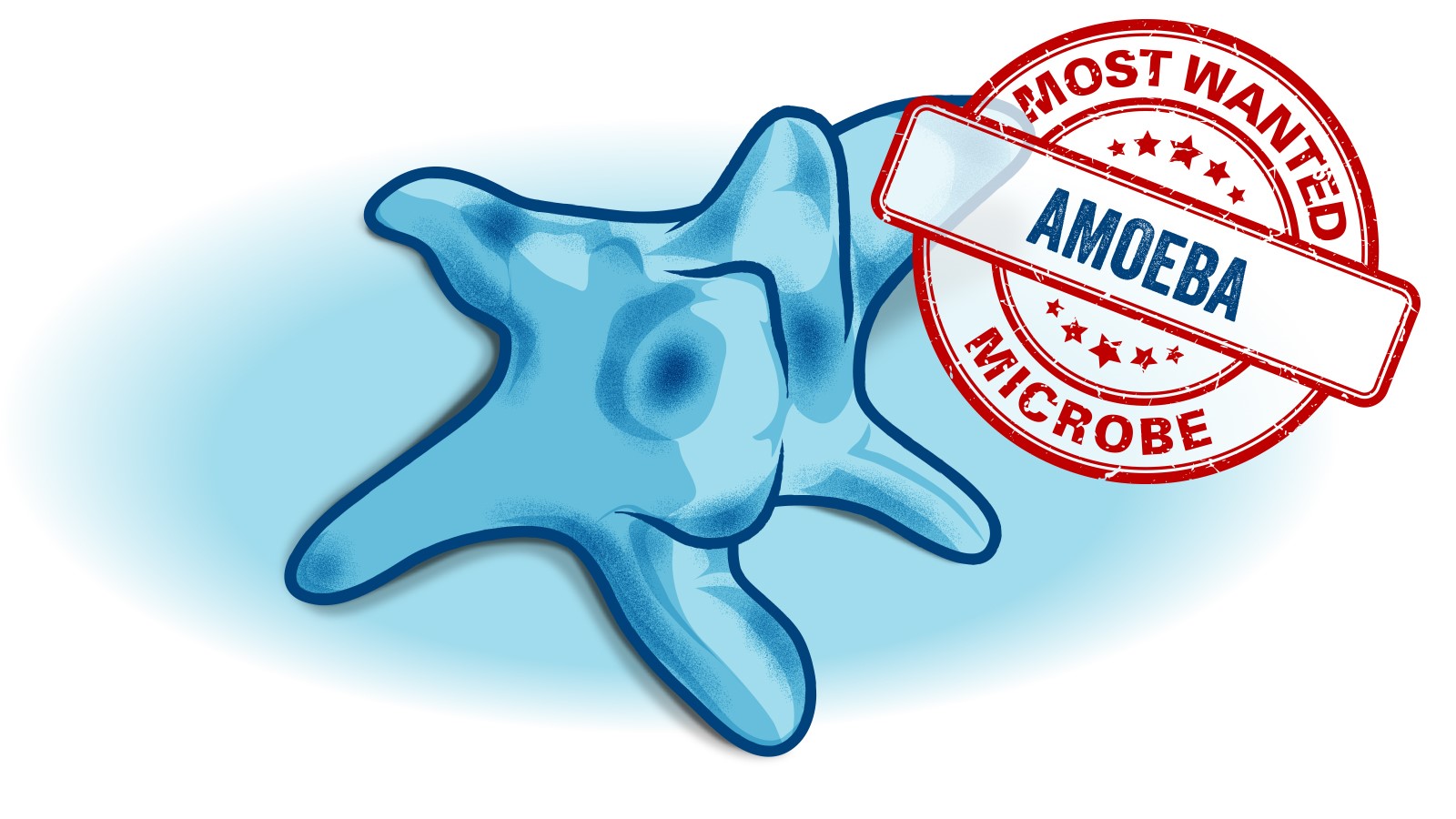From the editor:
This is the inaugural post in an ongoing series profiling microorganisms of particular significance in water and wastewater systems. In this series we will cover microorganisms of many types including some that are beneficial, inhibitory and pathogenic.
Escherichia coli or E. coli is a species of bacteria commonly found in the gut of warm-blooded animals. E. coli can persist in a variety of environments including surfaces and water. They form biofilms on biotic (ie. grass, lettuce, raw meat) and abiotic (i.e. soil, stainless steel, glass, polystyrene) surfaces. E. coli can also inhabit the interior of plants, making them very difficult to remove.
While most strains of E. coli are completely harmless, there are some strains that can cause disease in humans. Pathogenic, or disease-causing, strains, such as O157:H7 and O104:H4, infect humans who consume contaminated food or water. Symptoms of pathogenic E. coli infection include hemorrhagic diarrhoea and kidney failure.
E.coli can enter drinking water through several routes: contamination of source water coupled with insufficient disinfection, intrusion from contaminated water when a water line breaks and backflow into the potable water supply from a non-potable water source (i.e. cross connection). When these things occur, E. coli is only one of many types of microorganisms that will enter the drinking water distribution system. We protect against this through carrying a residual of chlorine or other biocide that can destroy these microbes as they enter, but if sufficient amounts enter it will overwhelm that residual. Hence, increased total microbial concentrations – as detected using 2nd Generation ATP measurements – within a water distribution system can be indicative of increased E. coli risk.
When microbial control is lost, remediation can be achieved through flushing, chemical disinfection (including chlorine, ethanol, chlorhexidine gluconate), UV disinfection or heat. Protecting drinking water infrastructure through source water protection, adequate disinfection monitoring, water line break monitoring and removal of cross connections (disconnecting or adding backflow valves) also reduces the risk of E. coli contamination.
In general, E. coli is regulated in food, recreational water and drinking water.
Notable Outbreaks:
- Walkerton, Canada, 2000
Cause: Drinking water was contaminated with E. coli O157:H7 by agricultural runoff
Outcome: 2300 people were infected resulting in 7 deaths - Northern Germany, 2011
Cause: Sprouts grown from seeds contaminated with E. coli O140:H4
Outcome: 3950 people infected resulting in 53 deaths - Multiple States, USA, 1993
Cause: Undercooked meat patties from a fast food restaurant contaminated with E. coli O157:H7
Outcome: 171 people were infected resulted in 4 deaths
Next:
Most Wanted Microbes – Kouleothrix (a.k.a Roseiflexus)









